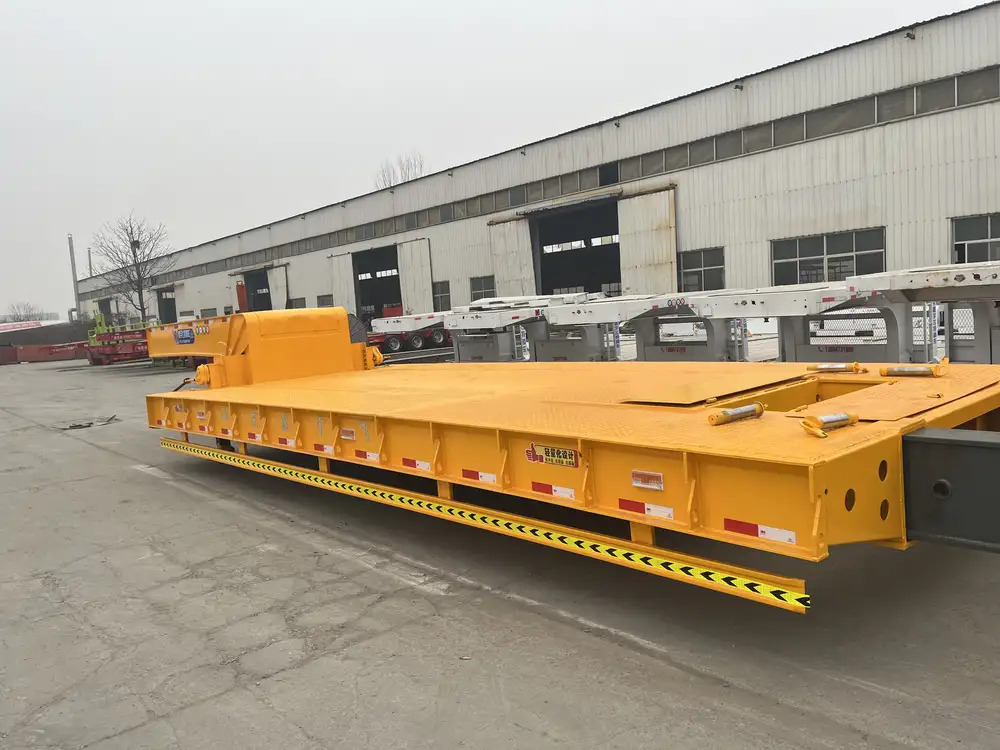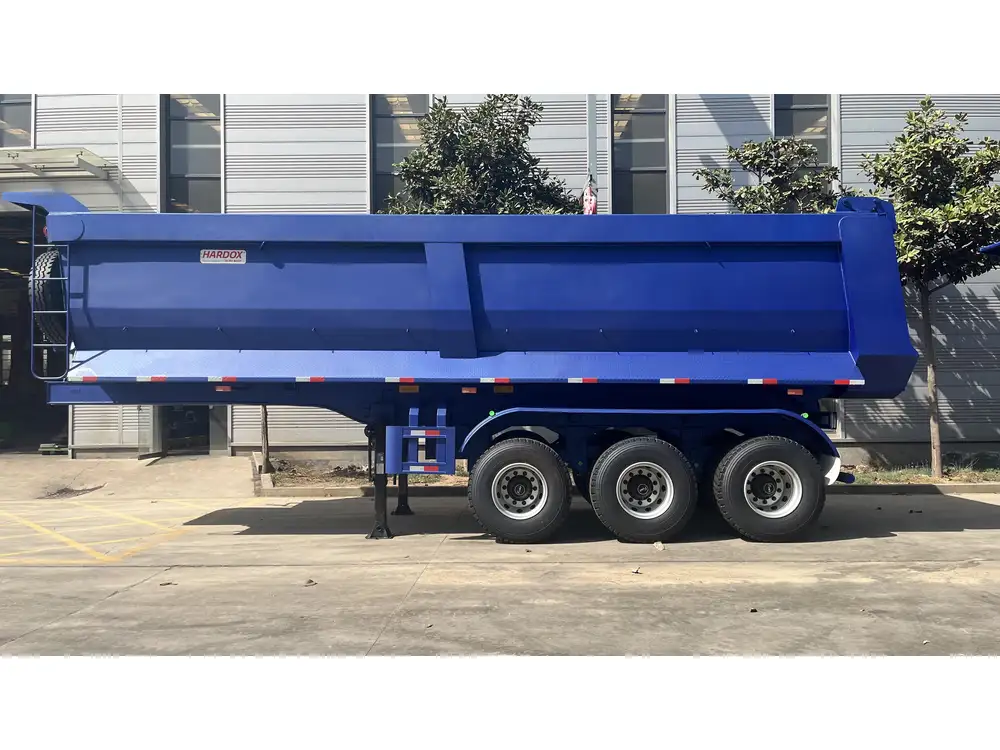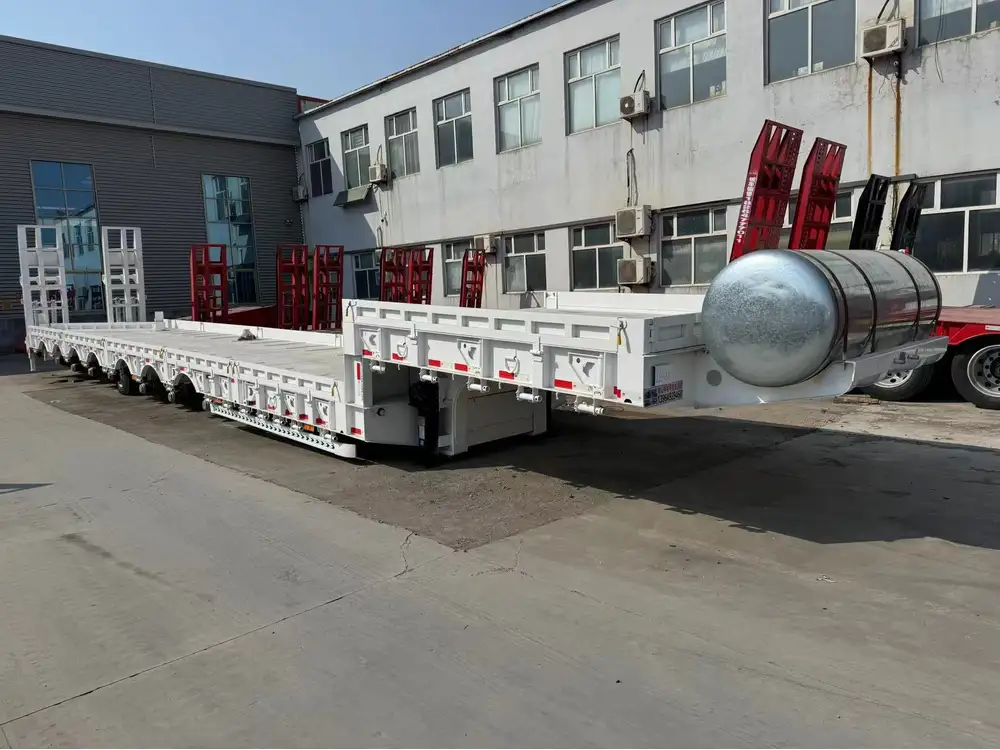The transport of livestock, particularly pigs, involves meticulous planning and execution. Understanding the capacity of semi-trailers for transporting pigs is vital for manufacturers, transporters, and livestock farmers. Here, we delve into various factors that influence how many pigs can fit in a semi-trailer, discuss transport regulations, and provide best practices for ensuring the welfare of the animals during transit.
1. Understanding Semi-Trailer Capacities
1.1 Dimensions of a Standard Semi-Trailer
A standard semi-trailer has a length of approximately 48 to 53 feet, a width of about 8.5 feet, and a height ranging from 13.5 to 14 feet. The internal dimensions, however, may vary based on the specific model and type (standard vs. livestock trailers).

Table 1: Typical Dimensions of a Standard Semi-Trailer
| Metric | Standard Semi-Trailer | Livestock Semi-Trailer |
|---|---|---|
| Length | 48-53 ft | 48-53 ft |
| Width | 8.5 ft | 8.5 ft |
| Height | 13.5-14 ft | 14-16 ft |
| Floor Area | ~400-450 sq ft | ~400-450 sq ft |
1.2 Volume and Weight Considerations
When calculating how many pigs can fit in a semi-trailer, it is crucial to consider not just the space but also weight limits. The maximum load capacity of most semi-trailers typically ranges from 34,000 to 45,000 pounds, depending on the trailer and regulations.
Weight Calculation
- Average Weight of an Adult Pig: 250-300 pounds
- Total Permitted Weight: 34,000 (low end)

Pig Calculation by Weight
[ \text{Number of Pigs} = \frac{\text{Total Permitted Weight}}{\text{Average Weight of a Pig}}\text{For 34,000 pounds: } \begin{align} \text{Weight Calculation} & : \frac{34,000 \text{ lbs}}{250 \text{ lbs}} \approx 136 \text{ pigs} \ & : \frac{34,000 \text{ lbs}}{300 \text{ lbs}} \approx 113 \text{ pigs} \ \end{align} ]
Thus, approximately 113 to 136 pigs can be accommodated weight-wise.
2. Spatial Arrangements and Welfare
2.1 Space Requirements per Pig
Regulations typically specify that each pig requires a certain amount of space to ensure welfare. The recommendation varies between sources, but a general guideline is:
- Grower/Finishing Pigs: 6-8 sq. ft. per pig

2.2 Space Calculation by Area
Given the floor area of a standard semi-trailer:
[ \text{Floor Area of Semi-Trailer} = 400 \text{ sq. ft.} ]Using the space requirements mentioned:
[ \text{Number of Pigs} = \frac{\text{Floor Area}}{\text{Space per Pig}} ]| Type of Pig | Space Required (sq. ft.) | Calculated Capacity |
|---|---|---|
| Grower/Finishing | 6-8 sq. ft. | 50-66 pigs |
In this example, the number drops compared to the weight calculation, emphasizing the importance of both weight and space management in transport.
3. Regulatory Considerations
3.1 Animal Welfare Act
Transporting pigs is subjected to specific legal requirements determined by the Animal Welfare Act and other regional regulations. These laws outline:
- Maximum travel time.
- Minimum space allowances.
- Health checks prior to transport.

3.2 Interstate Transport Regulations
Interstate transport may have additional rules handed down by the USDA. Understanding these is crucial to ensure compliance and avoid potential penalties.
4. Best Practices for Transporting Pigs
4.1 Preparation for Transport
Before loading, following best practices can ensure the welfare of the pigs:
- Health Checks: Ensure all animals are healthy to minimize illness during transport.
- Pre-Transport Feeding: Do not overfeed pigs before transport; a light meal can help keep them comfortable.
- Adequate Ventilation: Ensure airflow within the trailer to regulate temperature.

4.2 Loading Techniques
Efficient loading techniques improve safety and comfort for the pigs:
- Use of ramps and specialized equipment.
- Avoid sudden movements while loading to reduce stress.
- Load heavier pigs first and ensure stable arrangements to prevent movement during transit.
5. Post-Transport Care
5.1 Health Checks Upon Arrival
After transport, a thorough health examination is critical. Look for the following signs:
- Signs of stress or discomfort.
- Any injuries related to transport.

5.2 Recovery Period
Allow pigs to acclimatize and recover post-journey. This includes:
- Providing water and a suitable resting area.
- Keeping them separate from other livestock for the initial period after transport.
Conclusion
Transporting pigs via semi-trailer requires a delicate balance of capacity management, regulatory compliance, and animal welfare considerations. The number of pigs that can fit in a semi-trailer hinges on both weight and space requirements, with guidelines suggesting that approximately 113-136 pigs based solely on weight can be transported. However, spatial requirements due to welfare laws could reduce this capacity significantly to as low as 50-66 pigs.
In summary, effective management and awareness of the transport logistics, including preparation, loading techniques, and post-transport care, are essential for successful livestock transportation. The ultimate aim is to achieve a balance that ensures both operational efficiency and adheres to the highest standards of animal welfare.



